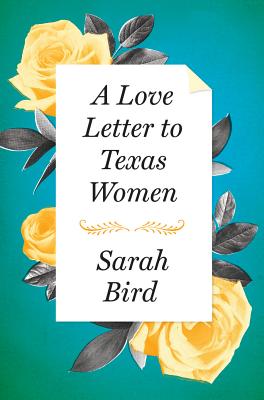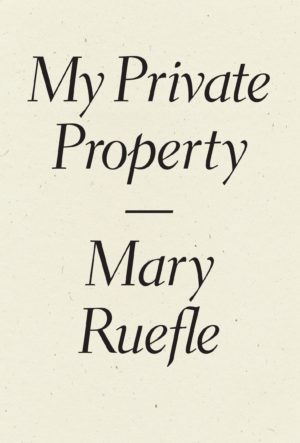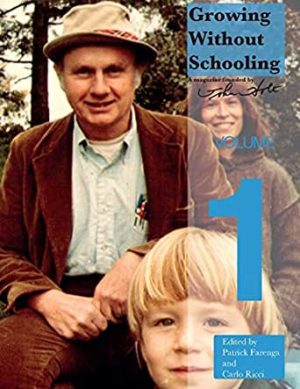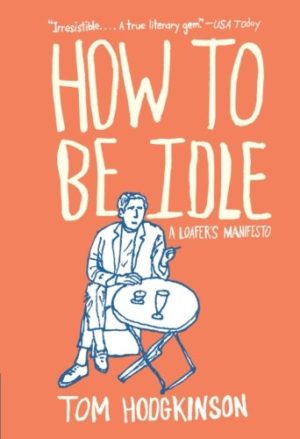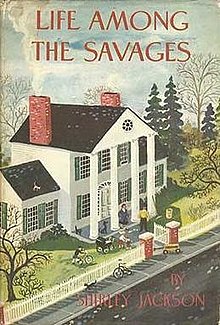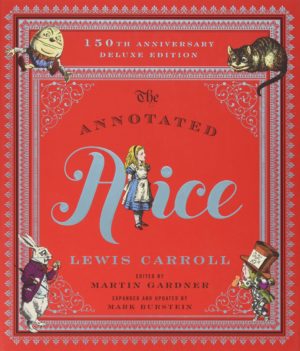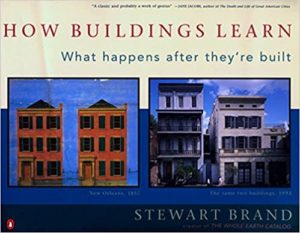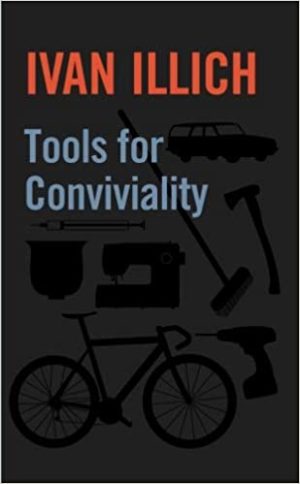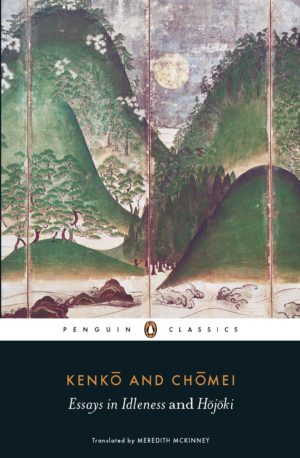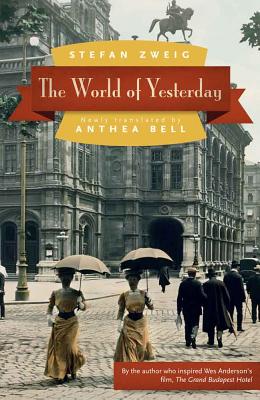
This reading year started out strong, somehow got even stronger during the early spring days of lockdown, peaked in the summer, and then was obliterated by election season. (It has yet to fully recover.)
Here are 20 books I loved, in the order I read them:
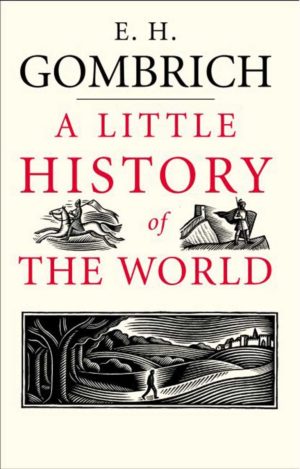 A Little History of the World
A Little History of the World
E.H. Gombrich
Gombrich is probably best known for his art history survey, The Story of Art, but he wrote this book before, in pre-Nazi Germany. When a textbook publisher hired him to translate a history book for kids, he thought it was so bad he could write a better one himself. So he read all day and wrote a chapter each night until the book was done. I love the way he starts and begins the book with visual metaphors to help kids picture history.
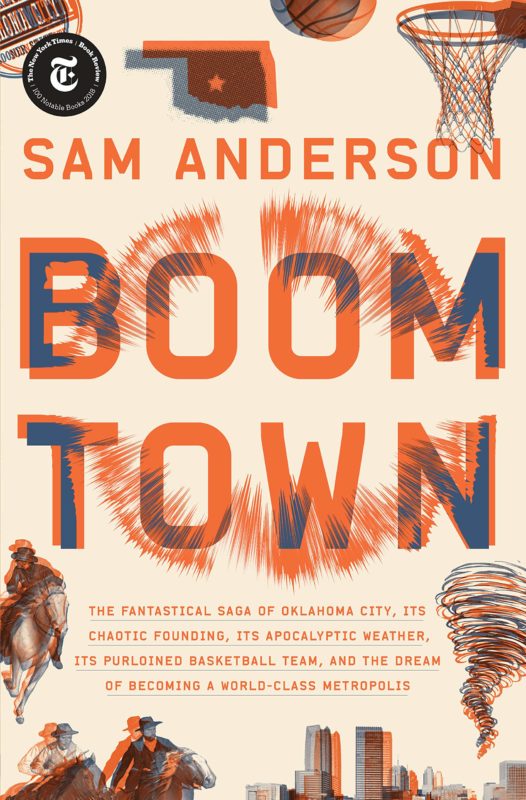 Boom Town
Boom Town
Sam Anderson
Sam is one of my favorite working writers, but I didn’t really care much about Oklahoma City or basketball when I picked it up. And yet, I loved this book. While reading it I was like, “Is this as good as I think it is or is Sam nuts in the same way I am nuts or have I been driven nuts by reading it?” One thing I cannot get enough of is the sense when you’re reading a book that the author had a blast writing it — that they let themselves get carried away and went for the ride and wrangled the thing in just the right way so you could strap in, too.
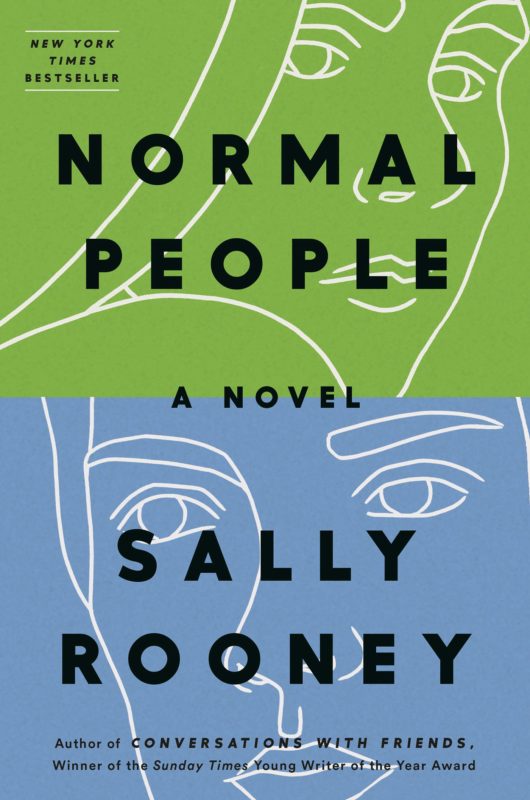 Normal People
Normal People
Sally Rooney
Every year I try to read a bestseller that everybody’s talking about. Last year it was Educated, this year it was Normal People. I got completely sucked into it, much like I did the mini-series. The whole time I read this book, I was thinking, “Why am I so into this?” (Because it’s a good love story, dummy.) By the way: the thing that unites bestsellers? They are compulsively readable — you can’t not turn the pages.
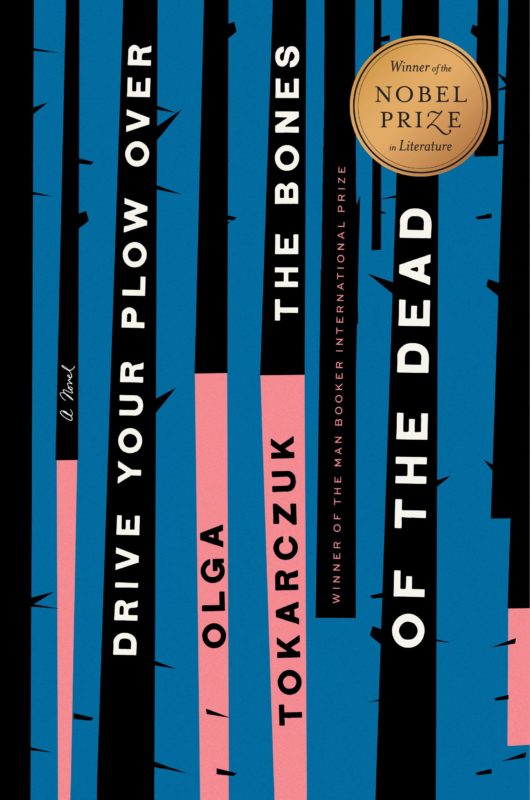 Drive Your Plow Over the Bones of the Dead
Drive Your Plow Over the Bones of the Dead
Olga Tokarczuk
Combination detective story and fairy tale with a huge dose of astrology and William Blake thrown in. (It gets its title from Proverbs of Hell.)
A great winter’s tale.
A Love Letter To Texas Women
Sarah Bird
A lovely, slim book about Texas and the women who live here. I love her scenes of day-dreaming while wandering the aisles of HEB and how she writes about “neighboring,” the quality she most admires in Texas women, the “bone-deep instinct to be friendly to anyone who might cross one’s path.” (Rooted in the loneliness and struggle to survive in an often hostile frontier.)
My Private Property & Dunce
Mary Ruefle
Ruefle has really been my patron saint of lockdown. I love her sense of wonder, her way with images, and her sense of humor. (And her erasures, of course, which she’s as crazy about as I am.) I’m a huge fan of her essay collection, Madness, Rack, and Honey and I savored My Private Property slowly, one or two pieces at a time, early in the morning, with a cup of coffee. It took me a while to fall in love with her poetry, but Dunce did the trick. Her short, brilliant books are perfect quarantine reading. Get any title of hers from Wave Books, they’re all worth it.)
Growing Without Schooling, Vol. One
John Holt started his newsletter in 1977, “about ways in which people, young or old, can learn and do things, acquire skills, and find interesting and useful work, without having to go through the process of schooling.” I read an issue every day, tweeting out my favorite bit. A remarkable countercultural document of parents trying to figure out how to help their children learn from home at a time when homeschooling was, in many states, illegal. (Read my blog post about it.)
How To Be Idle: A Loafer’s Manifesto
Tom Hodgkinson
We’ve had Hodgkinson’s manifesto hanging on the fridge for years now, but I’d never bothered to read this. Tons of references to some of my favorite books, like Robert Louis Stevenson’s An Apology for Idlers and Lin Yutang’s The Importance of Living. I also enjoyed Hodgkinson’s book about parenting, The Idle Parent.
Life Among The Savages
Shirley Jackson
I’d read both of Shirley Jackson’s most famous novels, The Haunting of Hill House and We Have Always Lived in the Castle, but I was not ready for how much I loved her book about motherhood, Life Among The Savages. It was so funny I would stop and read excerpts out loud to my wife until she read it, too. The writers who gave me the most comfort in early quarantine were women grappling with art and domesticity — May Sarton’s Journal of a Solitude, Eleanor Coppola’s Notes on a Life, and Anne Truitt’s Daybook — but none of their books made me laugh.
The Annotated Alice
Lewis Carroll
This books collects Alice’s Adventures in Wonderland and Through The Looking-Glass, along with excised chapters, alternate illustrations (thought Tenniel’s are, in my opinion, unbeatable), and other ephemera. The stories are worth reading on their own, but the annotations give you a good context for what Carroll was doing.
How Buildings Learn
Stewart Brand
My wife read this in architecture school, and we’ve had this on our bookshelf for over a decade now. I’ve gotten a lot of it through osmosis, but I figured since I was working on these house collages, now was the right time to read it. So good! Like Christopher Alexander’s A Pattern Language, its lessons apply far beyond architecture. I think designers, in particular, would benefit greatly from reading it. Maybe my favorite book of the spring.
Tools for Conviviality
Ivan Illich
I picked this up so I could participate in the book discussion going on at The Convivial Society. (I read his book Deschooling Society years ago and it made a big impact.) Illich’s books are short, but they’re so dense with ideas, it can be slow going. Published in 1973, more relevant than ever. (Other great books I read that addressed art and social issues: Audre Lorde’s Sister Outsider, Olivia Laing’s Funny Weather: Art in an Emergency, Greil Marcus’s Mystery Train, and John Berger’s Bento’s Sketchbook.)
Essays in Idleness and Hojoki
Kenko and Chomei
Two wonderful works of the Zuihitsu genre — “consisting of loosely connected personal essays and fragmented ideas that typically respond to the author’s surroundings“ — both read at my kitchen table. Somehow, I haven’t yet been able to get into the other classic of the genre, Sei Shonagon’s The Pillow Book, but I can see revisiting these two every couple of years.
The World of Yesterday
Stefan Zweig
“The greatest curse brought down on us by technology is that it prevents us from escaping the present even for a brief time. Previous generations could retreat into solitude and seclusion when disaster struck; it was our fate to be aware of everything catastrophic happening everywhere in the world at the hour and the second when it happened.” Zweig wrote that in 1942, and he sent the manuscript off to his publisher before committing suicide shortly after. If you can get through this book, you won’t forget it. I’m also a big fan of Zweig’s short biography of Montaigne. (For more reading on technology and disaster, see Elisa Gabbert’s The Unreality of Memory.)
The Dyer’s Hand and Other Essays
W.H. Auden
I was brought to this book by two friends who also published great books this year: Alan Jacobs (Breaking Bread with the Dead) and Maria Konnikova (The Biggest Bluff). In his essay about Iago, Auden makes this life-changing distinction: Instead of asking yourself, “What can I know?” ask yourself, “What, at this moment, am I meant to know?” I wore down my pencil underlining this book. Like many collections by poets, the sentences sing, and can be savored on their own. Here’s another: “Some writers confuse authenticity, which they ought always to aim at, with originality, which they should never bother about.” A book I’ll be returning to often.
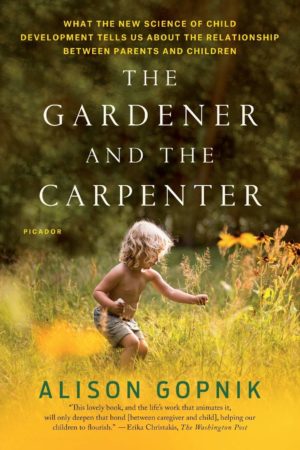
The Gardener and the Carpenter
Alison Gopnik
I’m in love with gardening as a metaphor for creative work and raising kids, but I’m not in love with the second half of Gopnik’s metaphor. Based on my (admittedly limited) knowledge of carpentry, it is a handcraft that requires selecting the right wood for the job and working with the grain, not against it, etc. I’m thinking, for example, of Pinocchio, which literally starts out with a talking log, and is about the perils of trying to “shape” materials into something they’re not. (For a great take on the parenting side of the Pinocchio story, see Edward Carey’s The Swallowed Man.) A factory would seem to be more the opposite of a garden, but that quibble aside, I think this book is worth it just for Gopnik’s explanation of why she’s against parenting as a verb.
Other good books I read about education: Richard Feynman’s Surely You’re Joking, Mr. Feynman, Seymour Papert’s The Children’s Machine, Murray Schafer’s Ear Cleaning: Notes for an Experimental Music Course, Kenneth Koch’s Wishes, Lies, and Dreams: Teaching Children to Write Poetry, and bell hook’s Teaching To Transgress: Education as the Practice of Freedom.
“One must never get tired of reiterating the obvious,” Papert wrote, and it’s true of so many great books about educating children: We know how it works best, we just won’t or can’t do the things that really help children thrive.
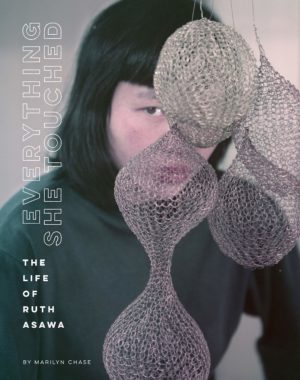 Everything She Touched: The Life of Ruth Asawa
Everything She Touched: The Life of Ruth Asawa
Marilyn Chase
I can’t remember the last time I was so inspired by an artist’s biography. “I hold no hostilities for what happened; I blame no one. Sometimes good comes through adversity. I would not be who I am today had it not been for the internment, and I like who I am.” How does an artist go through so much and still work so hard and give so much without any hint of bitterness? How in the world did she make such great work and raise six kids? (Answer to that one: very little sleep.) Other good artist’s (auto)biographies I read: Esther Pearl Watson’s Galactic Halo and Andy Warhol’s The Philosophy of Andy Warhol: From A to B and Back Again.
Caste: The Origins of our Discontents
Isabel Wilkerson
I picked this up after critic Dwight Garner called it “an instant American classic,” and it gripped me immediately. Amazing read. (Her previous book, The Warmth of Other Suns, was recommended several times as a book with an unusual but brilliant structure.) I would expect this to be at the top of any 2020 reading list. I keep thinking about her metaphor of America as an old house — problems lurk everywhere, and the work is never done. (Fixer-upper or a tear-down?)
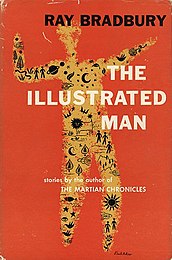 The Illustrated Man
The Illustrated Man
Ray Bradbury
This October, I read a Ray Bradbury story every night before bed, many of them from The October Country, which is also excellent. I’d never read any of Bradbury’s short stories. It struck me how often manages to jam more ideas into a short story than most contemporary writers do in one novel.
A few years ago I had a reading-life-changing conversation with a good friend of mine, a fiction writer, who said, “Everything’s good now, but nothing’s that interesting.” He explained: Much of contemporary fiction is well-written on a craft level. The writers have been to MFA programs, they’ve been through dozens of workshops, etc. But how many actually have something to say? Bradbury had so much to say he seemed to be bursting. I shudder to think what a workshop would do with one his stories…
 The Comedy of Survival
The Comedy of Survival
Joseph Meeker
One of the most intriguing and helpful books I’ve read in a decade. Put simply: Meeker advocates for a playful, comic approach to dealing with our contemporary disasters. It’s interesting how well the comic vs. tragic mode maps to Gopnik’s gardener and carpenter. A memoir that embodies much of what Meeker talks about is Ernó Rubik Cubed: The Puzzle of Us All. (Rubik is the creator of my quarantine hobby.)
* * *
Ok, y’all. I hope this list inspires you to read widely and adventurously, but more importantly, to read what you want to read. Life is short and time is precious, and any book that doesn’t have you turning the pages is not the book for you right now.
Having trouble reading? Here’s what works for me.
If you liked this list, I’ve been posting my favorite reads since 2006. You can read them all here.
If you’re lucky enough to have one, please buy these books at your local bookstore.
